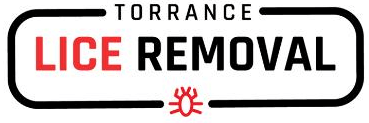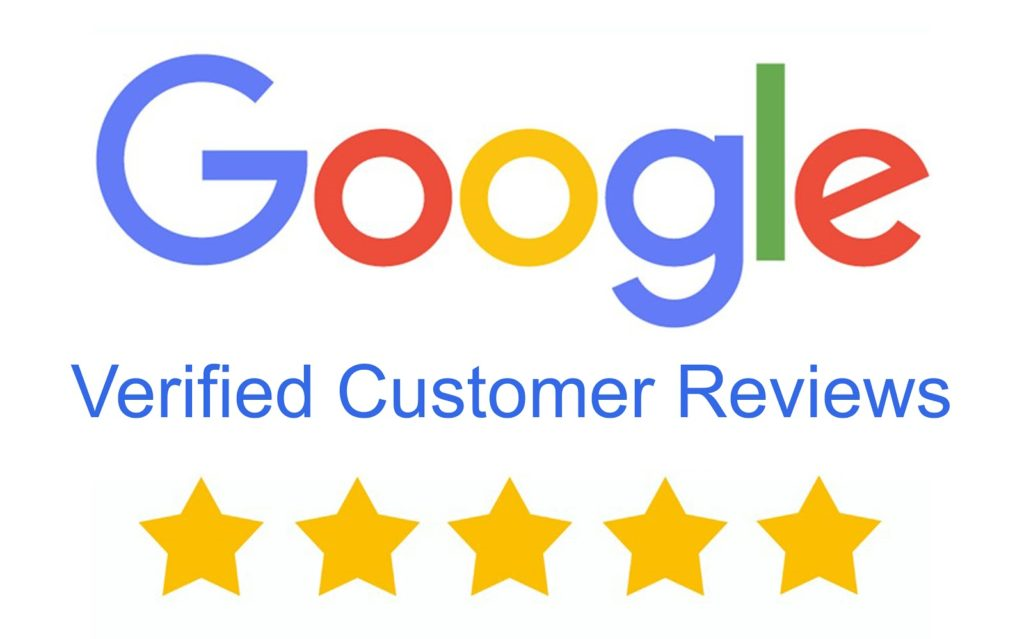Seal Beach Sun Article: Time for the new school year and, yikes lice! The answer is in Los Alamitos
Owner-Marlene Weiss, Doctorate of Nursing Practice (DNP) and a Family Nurse Practitioner (FNP) with over 20 years of healthcare experience
Yikes Lice!
The Centers for Disease Controls and Prevention (CDC) estimates that nearly 12 million children between the ages of 3 and 11 contract will contract head lice each year. That is one in 5 children! This number does not include mothers, who contract head lice from their kids about 85% of the time. With the school year upon us, let’s learn a little more about these little pesky parasites that have been around for thousands of years.
What is a head lice?
Head lice are tiny, six legged blood sucking parasites that feed exclusively on the human blood and can only survive by living close to the human scalp to maintain their body temperature .Pets do not get infested with or transmit head lice.
How Are Head Lice Spread?
A head louse has six claws that allow it to crawl around from hair strand to hair strand. It can move from one head to another this way, which is why head-to-head contact is the primary way head lice are spread between people making transmission between family members likely. Head lice don’t jump, swim or fly. Without strands of hair to grab with the claws on their legs, they have trouble getting around at all. However, they can crawl pretty quickly along the hair, so if your hair comes in contact with an infested head, it doesn’t take much for a louse to hitch a ride on a strand of your hair and make its way to your scalp. When lice are in water, they go into a state of suspended animation but remain firmly locked onto the hair. This is how they survive shampooing, rain, seawater, and swimming pools
Life Cycle
Head lice come in three stages: egg, nymph and adult and their total life cycle is about 30 days but they leave plenty of off-spring to carry on their legacy.
Phase 1: Eggs are often called nits and are extremely hard to spot-they are only the size of a grain of sand. They take about 7-10 days to hatch where they become a nymph.
Phase 2: Nymphs grow up quickly and become an adult about 10 days after being hatch
Phase 3: Adults hatch 50-150 eggs of their own. Adult lice are only the size of a sesame seed, they still aren’t that big. However, they are easier to spot in that the lice crawl around. If you look closely at an adult louse, you should be able to see human blood inside it.
Infestation
A head-lice infestation occurs when a female adult louse makes it onto a new head and lays eggs. When those eggs hatch, the lice will most likely stay on that head throughout the entire lice life cycle. Unless the head is treated and 100% of the lice and eggs are eradicated, the lice infestation will continue for however long the lice can live. Typically, a person infested with lice for 3-4 weeks will have over 150 eggs in their hair but most people do not realize they have been infested until they see or feel the lice crawling around their hair.
Who can get infested with head lice?
Anyone can get head lice. A person’s degree of cleanliness or personal hygiene has little or nothing to do with getting head lice. A common misconception is that lice is a result of poor hygienic practices. In fact, head lice actually seem to prefer clean hair over dirty hair. Lice are equal opportunity parasites. They do not know income, ethnicity, or day of the week.
How do you know if you have lice?
Head lice are most commonly found on the scalp, behind the ears and near the neckline at the base of the head. Symptoms include a tickling sensation, or feeling something moving through the hair. Look at the hair strands about a quarter inch (~0.5 cm) off the scalp. See if you can find lice eggs attached to individual hairs. Nits are extremely small. They look like tiny specks and will be glued pretty securely to the hair. If you see any, try pulling them off with your fingers. If you can’t easily pull them off, they are probably eggs and not dandruff.
Adult lice will be the easiest to spot because they are the biggest. But at the size of a sesame seed, they still aren’t that big. Although lice vary in color, if you see a grayish-white or tan bug crawling through the hair, it is probably a louse. If you look closely at an adult louse, you should be able to see human blood inside it.
What can be done to get rid of head lice and the eggs?
There are a few ways you can kill lice. You can suffocate them, poison them, or dry them out (dehydrate). Unfortunately for parents, head lice in California and at least 48 other states have developed gene mutations making them resistant to pesticides in the most popular lice shampoos so if you try and save time and money and treat it on your own it will probably get worse rather than better. It is recommended that you try it no more than one time due to the high level of chemicals in these shampoos.
Prescription medications that don’t contain permethrin remain only 75% effective against lice. However, these contain powerful chemicals and are very costly at about $320 per bottle. Again, these should only be used no more than 1 time per year
Los Alamitos Lice Removal and Torrance Lice Removal certified head lice technicians follow a comprehensive five step, chemical free process that has a 99%+ success rate and can get you lice free in about one hour. with no
Do I have to treat everyone if only one person is found to have head lice?
It is very common for close family or friends of infested individuals to also have lice. It is suggested that you check everyone in the household. You do not want to treat anyone who does not have lice, we recommend that each family member be treated with a special chemical-free topical rinse. This treatment is a quick and easy way to suffocate any small bug that may be in the hair, but are hard to find.
What are some steps I can take to help prevent and control the spread of head lice or a re-infestation?
- Avoid head to head contact during play, sleepovers, or other activities at home, school, and elsewhere.
- Use a clinically proven preventative spray daily
- Do not share combs, brushes or towels
- Do not share clothing such as hats, scarves, coats, and hair ribbons
- Check your children for head lice with a nit comb once a week until 8th grade
About The Author
- Seal Beach resident Marlene Weiss has over 20 years of health care experience in Southern California and is the owner of Los Alamitos Lice Removal and Torrance Lice Removal. www.loslalamitosliceremoval.com. She is a Doctor of Nursing Practice (DNP) and a Family Nurse Practitioner (FNP). She can be reached at licefree@losalamitosliceremoval.com or 800.920.LICE.

